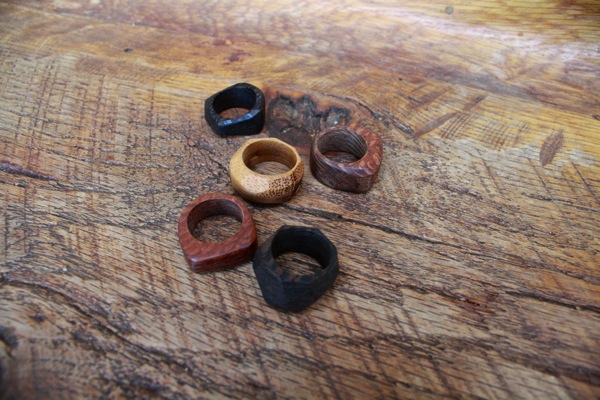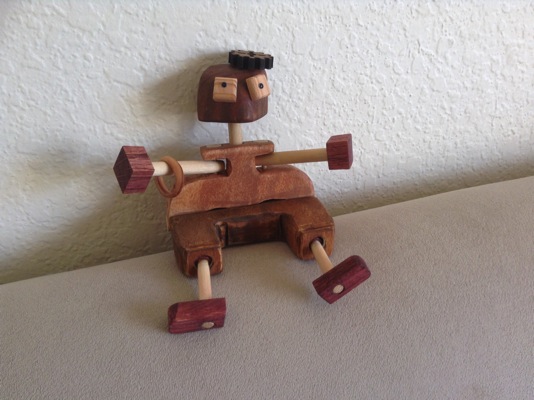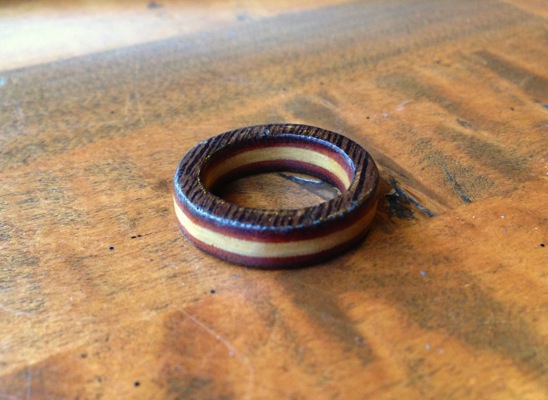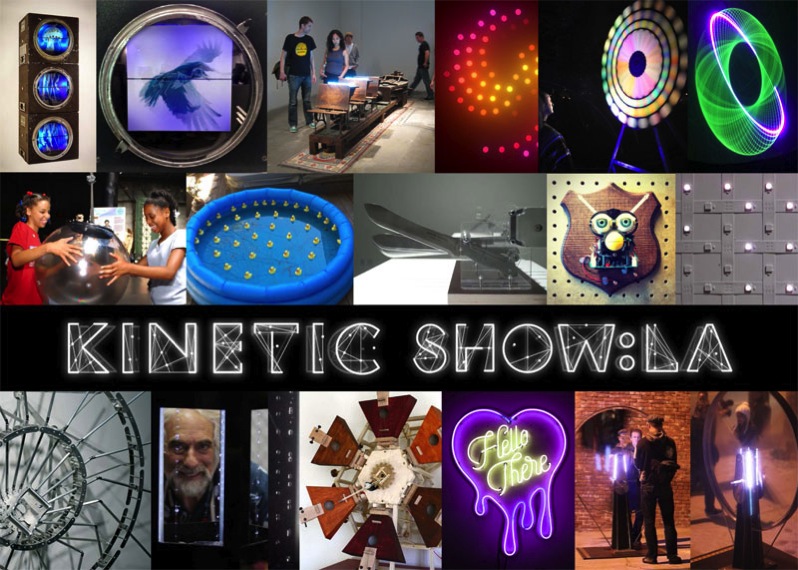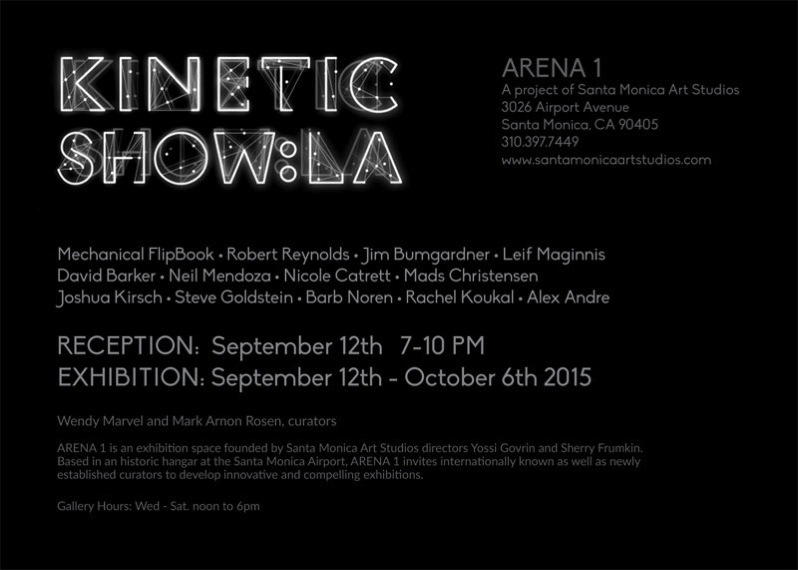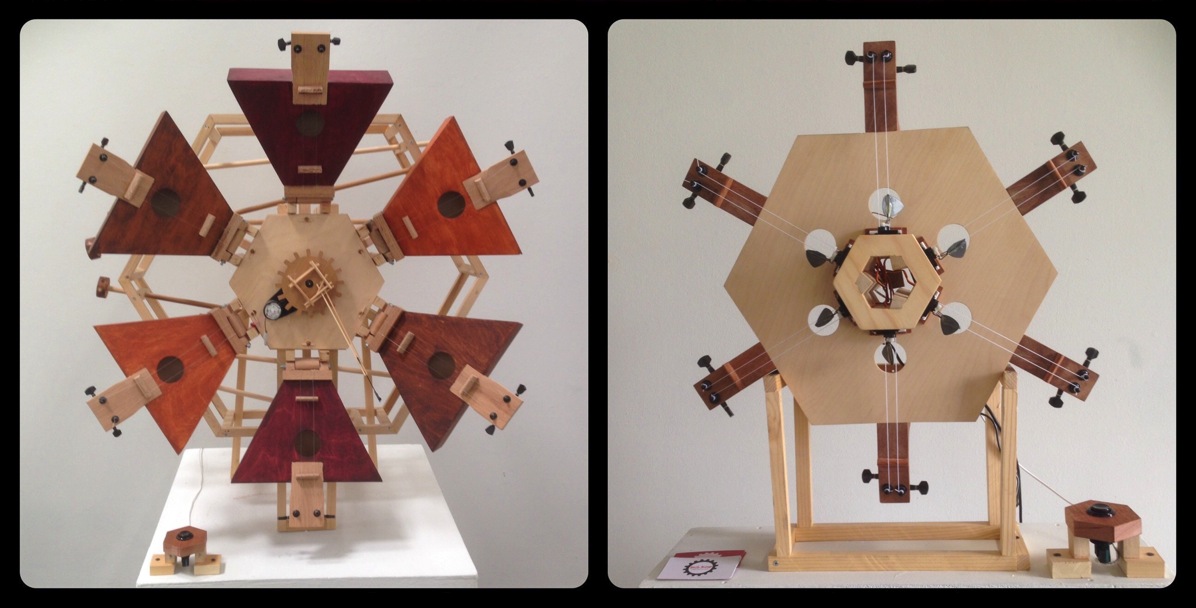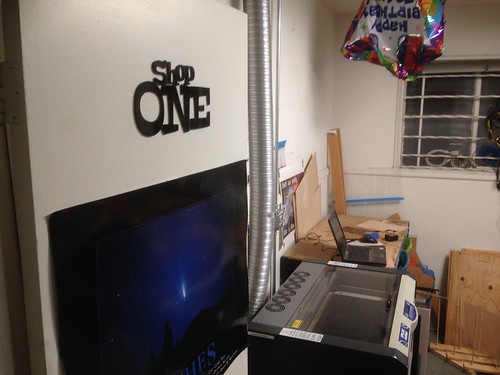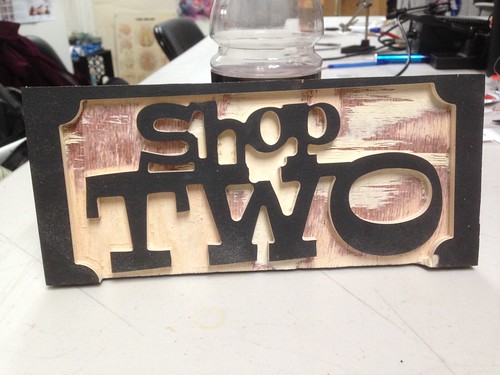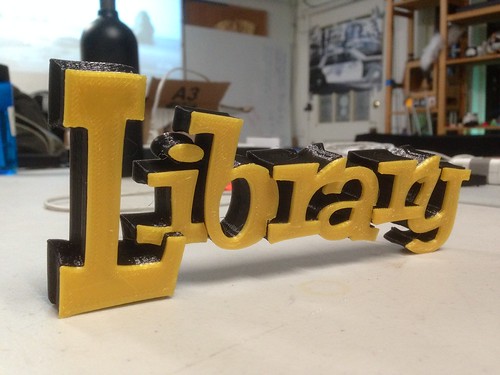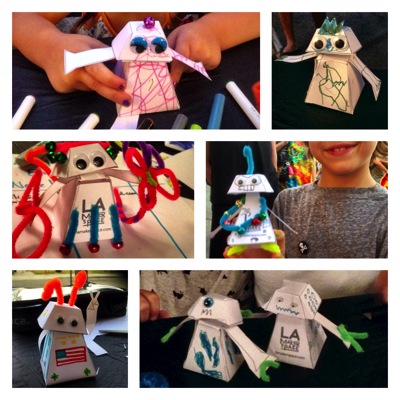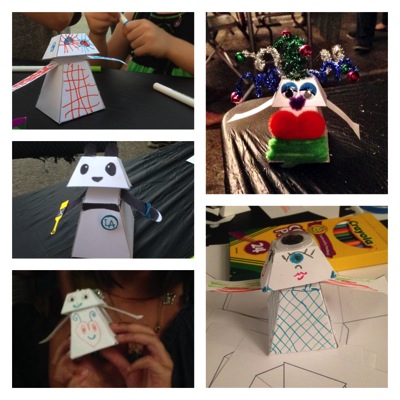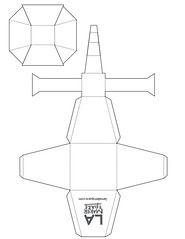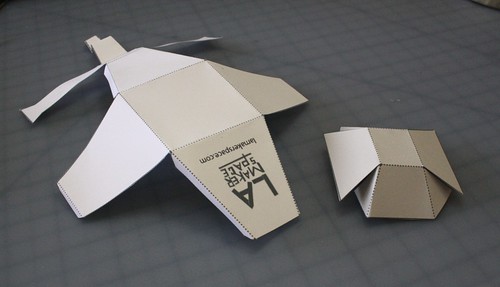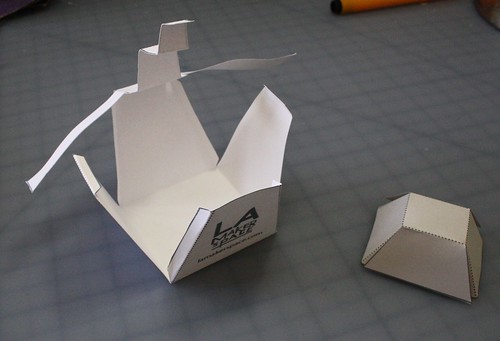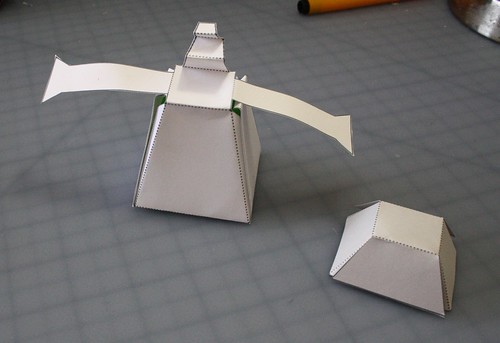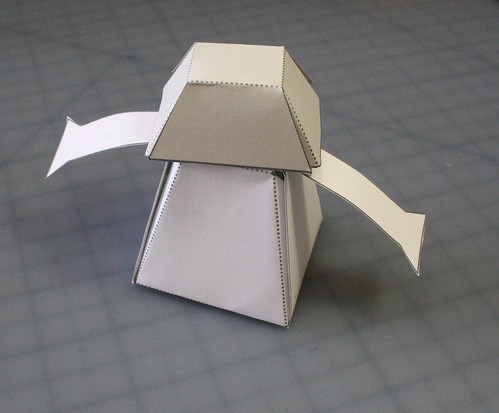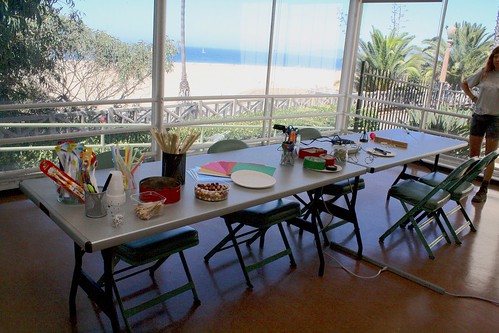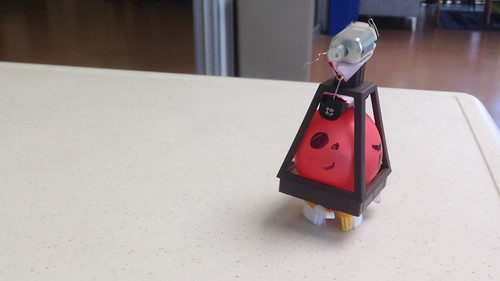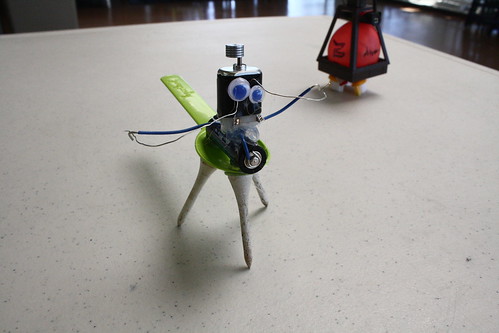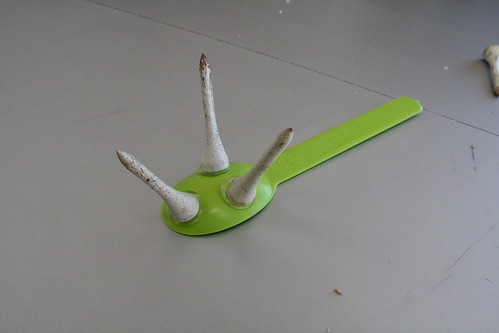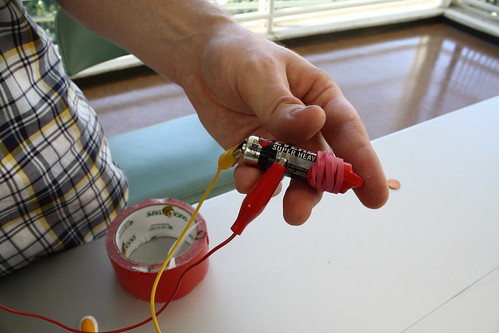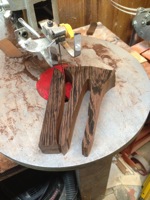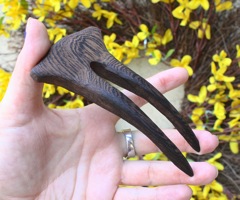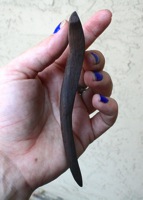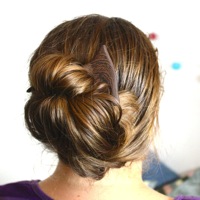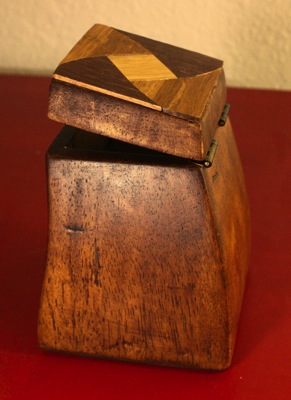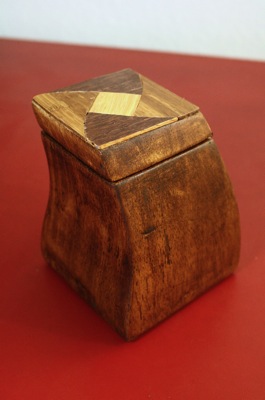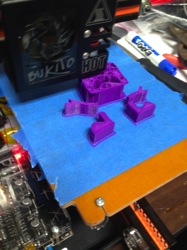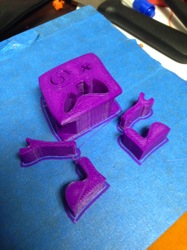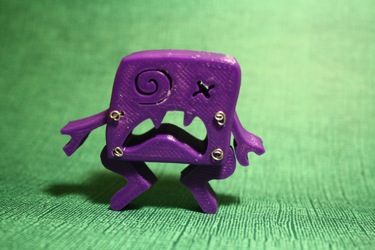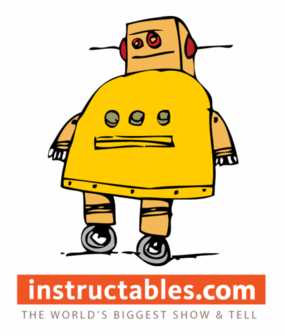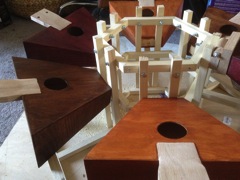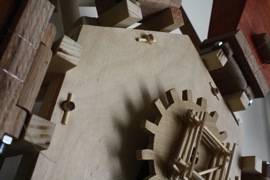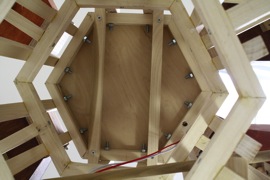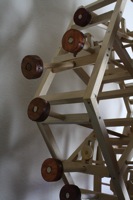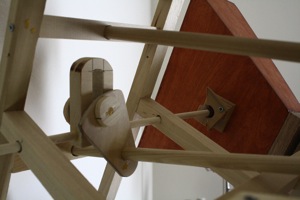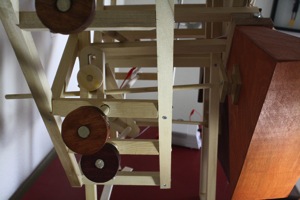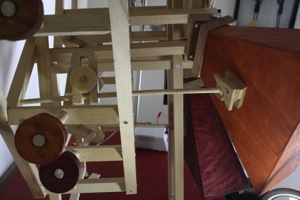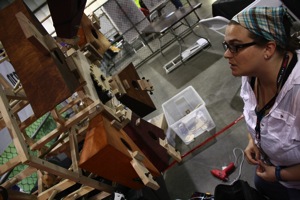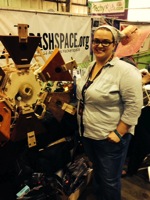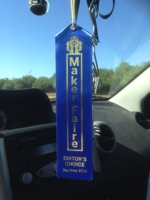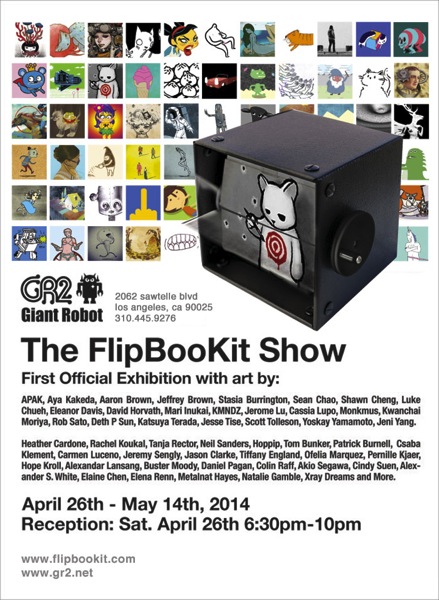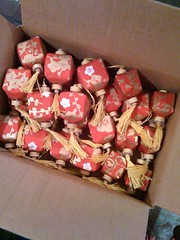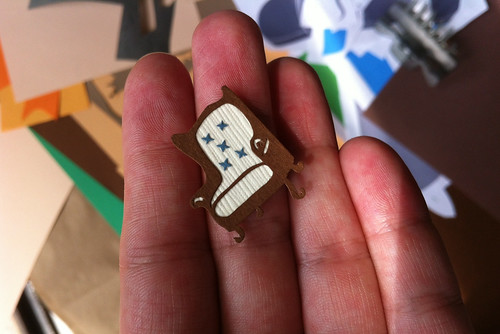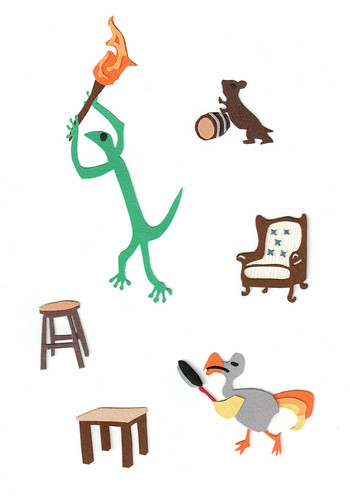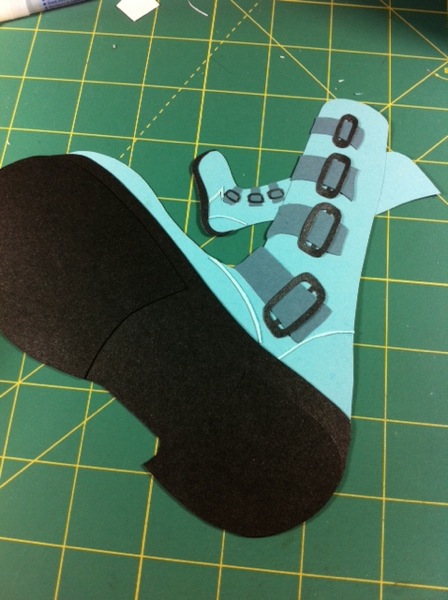The Hexachord, Part 1
The Hexachord, Part 2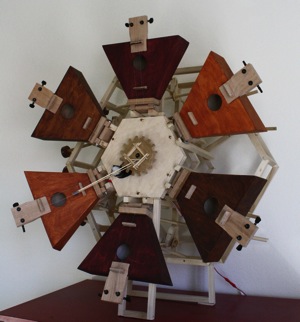
Hard deadlines are good in many ways. I’ve been involved enough with this project to spend all my “free time” on it, but when I set the deadline to have a working version done by Maker Faire, it really lit a fire under me. Regular Crashspace meetings to show my progress kept me accountable, lots of checklists kept me on task, and limited time available to use the woodworking tools made me organize very efficiently.
It is endlessly frustrating to find that you have a couple hours free at home and the tool you need is at the hacker space and unavailable. So I scheduled my home work time as prep for working at Crashspace. Need to cut something at the space? Spend time at home calculating, measuring, and marking so that you can jump right into it when you get those couple hours at the band saw. Want to use the drill press? Leave it for the end of your time at the space, so if you need to leave early, you can still use a hand drill at home. Cut all necessary pieces for the hinges quickly, and then assemble them later.
And make sure to set aside a little time to socialize.
I designed my Hexachord to have removable parts. The hinges are bolted on, so a sound chamber can be easily replaced or removed for transport. The face with the motor and pick arm is held securely with removable pegs, so that I can change the face to one that has multiple pick arms for playing more than one sound chamber at once.
The motor was salvaged from a video cassette rewinder. It came with a convenient belt and wheel, to which I attached the plectrum arm base – a hand-cut wooden gear I’d made a couple months before and was dying to use. My original thought was to drill into the gear at an angle and secure the arm into that, but it wound up being more feasible to build a structure from bamboo sticks that would support the position of the arm. For one thing, it was easier to adjust, and for another, I just plain like building with bamboo skewers.
The knobs were stained to match their associated sound chambers, and all were placed on the same side so that the Hexachord could be played by one person standing in the same place. Each converted their rotary motion to the yoke mechanisms placed behind each sound chamber.
I unveiled the completed Hexachord at Maker Faire as planned, it was well-received, and I got to drive home with the lovely view of an Editor’s Choice ribbon hanging from my rear view mirror.
Here are the promised videos: one of my interview at Maker Faire, and one of the finished Hexachord in a quieter environment!
